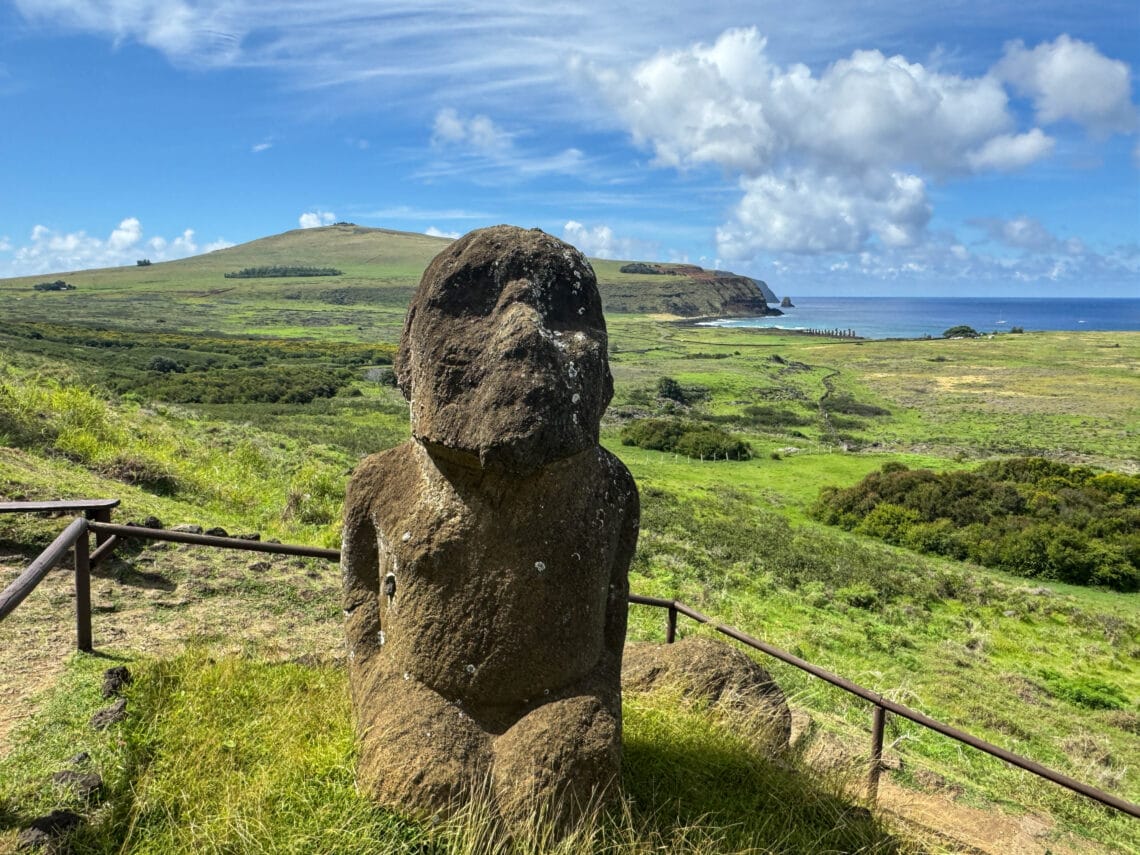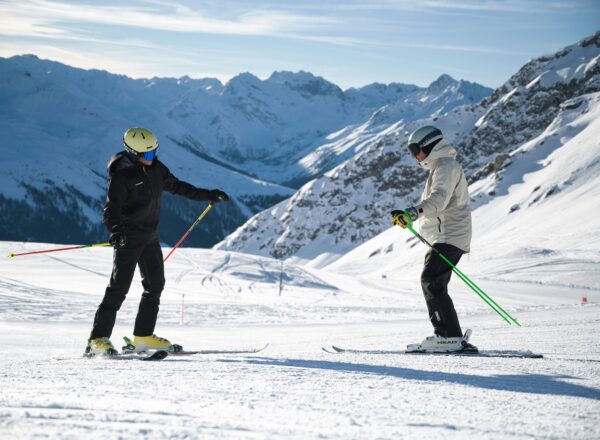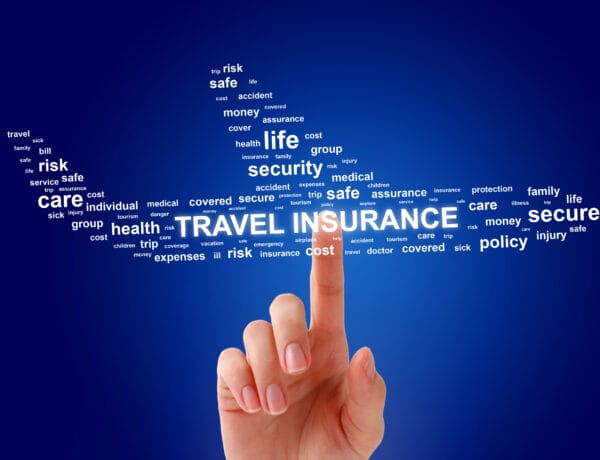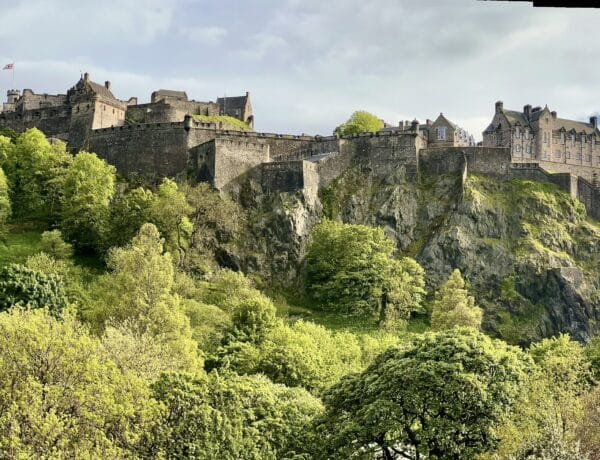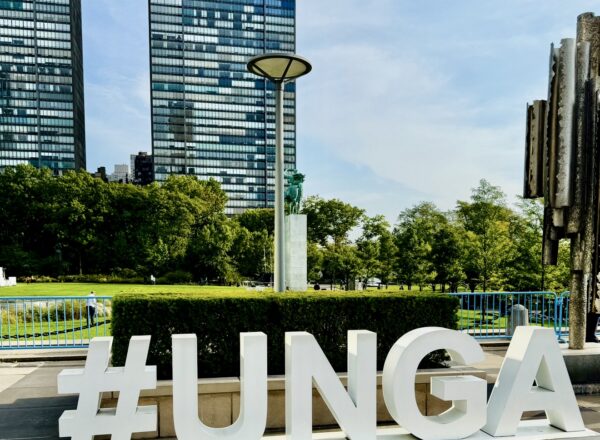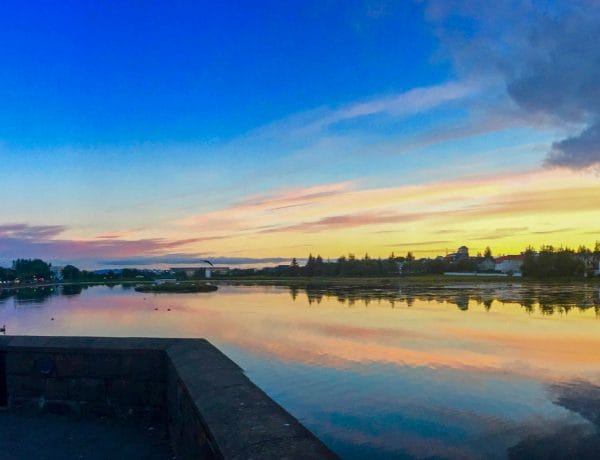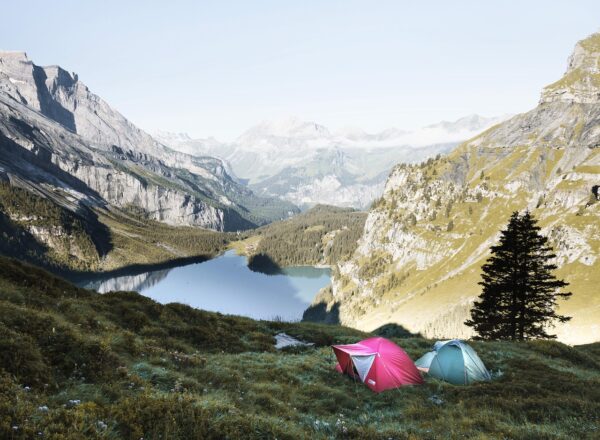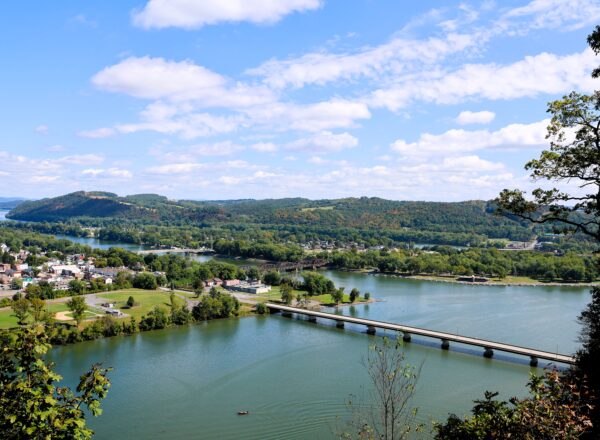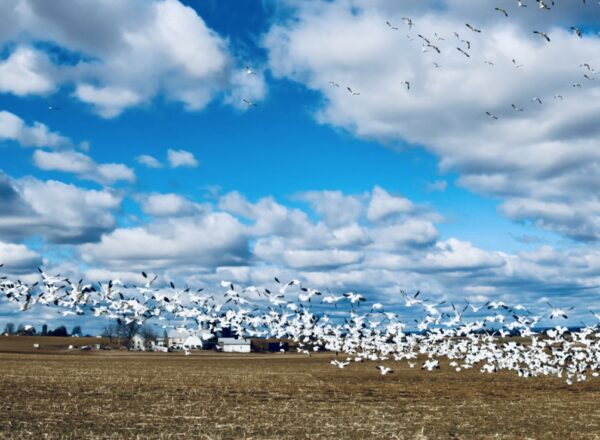
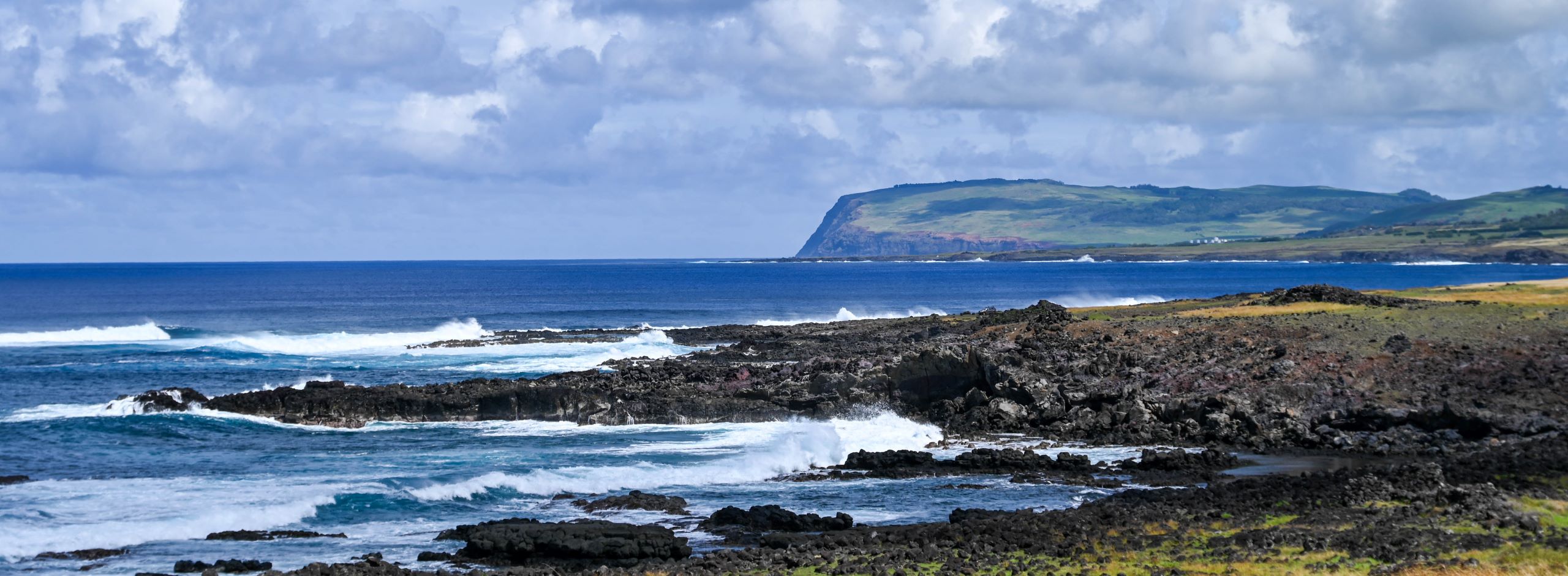
“From the Andes to the ocean, Chile’s beauty knows no bounds..”

Top Six Destinations In Chile
- Santiago & Valparaíso: Chile’s vibrant capital, Santiago, is teeming with museums, historic neighborhoods, street art in Recoleta, and stunning views of the Andean foothills. Just a short drive away, the colorful port city of Valparaíso delivers funk-country charm and incredible street art.
- Atacama Desert & El Tatio Geysers: The world’s driest desert offers lunar landscapes, stargazing heavens, and surreal geysers at dawn.
- Lake District & Patagonia In Chile’s south lie forests, crater lakes, glaciers, and striking volcanoes, perfect for hiking, kayaking, and untouched wilderness immersion.
- Easter Island (Rapa Nui): Remote yet magnetic, this volcanic island off Chile’s coast is home to moai, rich Polynesian culture, and dramatic scenery, an unforgettable cultural escape.
- Chiloé Archipelago: known for its stilted wooden churches (UNESCO-listed), unique myths, and friendly, laid-back communities amid mist-wrapped landscapes.
- Torres del Paine National Park: Towering granite peaks, emerald lakes, and massive glaciers form one of the world’s most epic trekking destinations.
Did You Know?
Country Stats
- Capital: Santiago
- Population: Approximately 19.5 million people (2022 estimate)
- Area: 756,102 square kilometers (291,933 square miles)
- Official Languages: Spanish
- Currency: Chilean Peso (CLP)
- Government: Presidential republic
- Head of State: President of Chile
- US State Dept Risk Level: Two (Exercise Increased Caution)
- GDP (Nominal): Approximately $317 billion USD (2022 estimate)
- GDP per capita: Approximately $16,000 USD (2022 estimate)
- Unemployment Rate: Approximately 8% (2022 estimate)
- Tourism: Tourism is a growing sector in Chile’s economy, with visitors drawn to the Atacama Desert, Patagonia, wine regions, and Easter Island (Rapa Nui). Easter Island, famous for its moai statues, is one of Chile’s most iconic destinations.
- Climate: Chile’s climate is highly diverse, ranging from the arid Atacama Desert in the north, Mediterranean conditions in the center, to cool, rainy Patagonia in the south.
- Religion: Predominantly Roman Catholicism, with Protestant and non-religious communities as well.
- Elevation: Chile’s terrain includes the Andes Mountains along its eastern border, with Mount Ojos del Salado (6,893 m / 22,615 ft) being the highest active volcano in the world.
- Tourism Contribution: Tourism contributes around 3% of Chile’s GDP, with millions of international visitors annually.
- Taxation: Chile has a standard corporate tax rate of around 27%, and individuals are taxed progressively on worldwide income if residents.
- Transportation: Chile has a modern network of airports, highways, and public buses. Santiago International Airport (Arturo Merino Benítez) is the main gateway, and domestic flights connect distant regions like Patagonia and Easter Island.
- Top Imports: Machinery, vehicles, petroleum, chemicals, and electronics.
- Top Exports: Copper (Chile is the world’s largest producer), lithium, fruit, seafood, wine, and wood products.
- Life Expectancy: Approximately 80 years (2022 estimate)
- Education: Chile has a literacy rate of about 96% and a mix of public and private schools. Higher education is widely pursued, with leading universities in Santiago and other major cities.
Fun Facts
- Longest Country: Chile is the longest country in the world north to south, stretching about 4,270 kilometers (2,653 miles).
- No Land Borders with Bolivia’s Coast: Chile borders Peru, Bolivia, and Argentina, but Bolivia lost its coastline to Chile in the 19th-century War of the Pacific, leaving it landlocked.
- Oldest Mummies: Northern Chile’s Chinchorro mummies, dating back nearly 7,000 years, are the oldest artificially preserved human remains in the world, older than Egypt’s.
- Astronomy Capital: Chile’s Atacama Desert hosts some of the world’s largest observatories thanks to its clear skies and dry climate.
- Volcano Country: With more than 2,000 volcanoes, about 500 considered active, Chile ranks among the most volcanically active regions on Earth.
- Wine Giant: Chile is one of the world’s top wine exporters, famous for Cabernet Sauvignon, Merlot, and the rediscovered Carménère grape.
- Penguins in the South: Several species of penguins, including Magellanic and Humboldt penguins, live along Chile’s southern coasts and islands.
- Easter Island Mystique: Easter Island (Rapa Nui), one of Chile’s most famous territories, is home to nearly 1,000 moai statues carved from volcanic rock.
- Earthquake Zone: Chile lies on the Pacific “Ring of Fire,” making it one of the most seismically active countries in the world. The 1960 Valdivia earthquake was the strongest ever recorded, at magnitude 9.5.
- Desert Blooms: In rare rainy years, the Atacama Desert bursts into the “desierto florido,” a carpet of wildflowers across the otherwise barren desert.
- Poetry Legacy: Chile produced two Nobel Prize–winning poets, Gabriela Mistral and Pablo Neruda, whose homes and words remain treasured cultural landmarks.
- Copper King: Chile is the world’s leading producer of copper, and mining plays a vital role in its economy.
- Glacier Rich: Chile has nearly 80% of South America’s glaciers, most of them found in Patagonia.
- Island Nation: In addition to Easter Island and Chiloé, Chile controls more than 3,000 islands scattered along its long coastline.
- Lapis Lazuli Gem: Chile is one of only two countries in the world (along with Afghanistan) where the rare blue gemstone lapis lazuli is mined.
Chile Map
Good to Know Before You Go
1. In Chile, tipping is customary but not excessive. In restaurants, cafes, and bars, a service charge is often not included in the bill, so leaving a tip of around 10% is standard practice. While not legally required, it is expected for good service. In hotels, porters and housekeeping staff appreciate small tips, and tour guides generally expect gratuities depending on the length and quality of the service. Taxis in Chile do not usually expect tips, but rounding up the fare is a common courtesy. Overall, tipping is considered part of Chilean etiquette, and while small, it is an essential gesture of appreciation. Waiting for the bill to be brought to the table, rather than requesting it immediately, is also the norm.
2. In Chile, casual and practical clothing is suitable for most occasions. Given the country’s extraordinary geographic diversity, dressing in layers is essential. In Santiago and the central regions, lightweight clothing is suitable for summer, while a jacket is necessary for cool evenings. In Patagonia or the Andes, waterproof outerwear, sturdy boots, hats, and gloves are must-haves, even in summer. Urban areas and restaurants typically follow a smart casual dress code, but formal attire is rarely required outside business settings. Comfort and preparation for changing weather are key when packing for Chile.
Driving and the Environment in Chile
3. Driving in Chile is generally straightforward, with well-maintained highways and a reliable road network. The speed limit is usually 50 km/h in urban areas, 100 km/h on secondary roads, and 120 km/h on highways. Mountain routes, especially in the Andes or southern regions, can be narrow and winding, requiring caution. Winter driving in the Andes often demands snow chains or winter tires, especially near ski resorts. Fuel stations are common along main roads but sparse in remote areas, so planning ahead is essential. Parking in cities can be limited and metered. While driving allows travelers to reach remote regions like vineyards or small towns, caution and adherence to traffic regulations ensure safety.
4. Chile places significant emphasis on environmental conservation and sustainability. With world-renowned ecosystems such as Patagonia, the Atacama Desert, and Easter Island, the government and NGOs prioritize preserving biodiversity and combating climate change. Hydroelectric and renewable energy projects are central to Chile’s energy mix, with significant investments in solar power in the Atacama Desert. Chile protects its national parks, reserves, and UNESCO World Heritage Sites, and many require visitors to register before entry to reduce ecological impact. Authorities strongly encourage sustainable tourism practices, including strict “leave no trace” policies. Chile’s leadership in renewable energy makes it one of South America’s most forward-looking nations in conservation.
5. Chile offers a high quality of life relative to the region, with modern healthcare and a strong education system. Healthcare is both public and private, with Santiago hosting some of the best hospitals in Latin America. The literacy rate is around 96%, and Chileans place strong importance on higher education. Crime rates are lower than in many Latin American countries, though petty theft can occur in crowded areas. Outdoor recreation, from skiing and surfing to trekking, enhances quality of life. While the cost of living in Santiago can be high, particularly housing, the overall standard of living remains good, and Chile is considered one of the most stable and developed countries in South America.
Food, Culture, and Dining Etiquette
6. Chilean cuisine reflects the country’s geography. Staples include seafood, beef, and corn. Classic dishes include empanadas de pino (meat turnovers), pastel de choclo (a corn pie with beef and chicken), and cazuela (a hearty stew with meat, potatoes, and vegetables). Coastal areas offer world-class seafood such as king crab, sea urchin, and salmon. Chile’s national drink, pisco sour, rivals that of Peru, and Chilean wines, particularly Carménère, are internationally acclaimed. Street foods such as completos (loaded hot dogs) and sopaipillas (fried dough) are beloved by locals.
7. Chile’s cultural traditions blend indigenous Mapuche heritage with Spanish colonial influence. National holidays like Fiestas Patrias (Independence Celebrations, held in September) feature rodeos, folk dancing (cueca), and barbecues (asados). Easter Island maintains its Polynesian cultural traditions, highlighted by the annual Tapati Festival, which includes competitions, music, and dance. Chilean literature and poetry are internationally recognized, with Nobel laureates Pablo Neruda and Gabriela Mistral as cultural icons. Festivals across the country celebrate wine harvests, local saints, and indigenous heritage, offering visitors insight into Chile’s rich cultural tapestry.
8. Dining etiquette in Chile reflects politeness and respect. Chileans value punctuality at mealtimes, and diners usually make reservations at popular restaurants. They keep their hands visible at the table, and they often eat bread with utensils rather than by hand.
Tipping around 10% is standard, unless service is poor. Chileans usually enjoy late dinners, typically starting after 8 p.m., and “once” (a light evening meal of tea, bread, and pastries) is a cherished tradition. Toasting with wine or pisco is common; eye contact is essential during a toast.
Making Personal Connections
9. In Chile, greetings are warm and personal. A handshake is typical in formal situations, but among friends and acquaintances, a single kiss on the right cheek is common between men and women or women with other women. Men typically shake hands unless they are close friends. Greetings often include “Hola” (Hello) or “Buenos días/tardes/noches” (Good morning/afternoon/evening). Maintaining eye contact and using titles in formal settings show respect.
10. In Chile, family life is central to society. Extended families often live nearby and maintain close ties. Respect for elders is important, and family gatherings are common on weekends and holidays. While traditional gender roles persist in some areas, modernization and urbanization have promoted greater gender equality. Education and children’s well-being are highly valued, and families often emphasize strong moral and cultural values.
11. Many Chileans keep dogs as beloved pets, and visitors will also see numerous strays roaming plazas and parks in urban areas. People generally treat dogs well, and animal welfare organizations in major cities actively promote responsible ownership and provide care for strays.
12. In Chile, bringing a small gift when visiting someone’s home is customary. Wine, chocolates, or flowers are common choices. It is polite to offer the gift with both hands and to show appreciation if offered food or drink in return.
Politics and Safety
13. Chile’s political and social landscape has shifted significantly in recent years, with debates over constitutional reform and social justice at the forefront. While Chile historically leaned conservative, especially under military rule in the late 20th century, it has grown more progressive in recent decades, with movements focused on gender equality, indigenous rights, and environmental issues. Chile remains a democracy with active civic participation, reflecting its evolving social values.
14. Chile is generally considered safe for travelers compared to other South American nations, though, as with any destination, it’s crucial to remain alert in busy areas.
Chile Essential Info
U.S. Consular Emergency
The 24-hour number from a U.S. phone is 1-888-407-4747
Outside of the U.S.: 011-202-501-4444
U.S. Embassy in Chile
Avenida Andrés Bello 2800, Las Condes
Santiago, Chile
Telephone: +56-2-2330-3000
Emergency: +56-2-2330-3000 (24/7)
Fax: +56-2-2330-3710
Email: santiagousa@state.gov
Website: https://cl.usembassy.gov/
Emergency Numbers
General: 133 (Police)
Medical: 131 (Ambulance)
Fire: 132
Country Code
+56
Time Zone
UTC –4 (Chile Standard Time)
Note: Easter Island observes UTC –6
Adaptors for Chile
Plug type C or L (220V, 50 Hz)
Driving
Right side
Official Chile Tourism Website
When to Go to Chile
Because Chile stretches more than 2,600 miles north to south, the “best time to visit” depends on where you’re headed. The country’s diverse climates mean you can find a season for every type of trip.
- Summer (December to February): The warmest and busiest season, ideal for exploring Patagonia, Torres del Paine, and the Lake District when trails and roads are open. It’s also high season for Chile’s beaches and wine valleys, so expect crowds and higher prices.
- Shoulder Seasons (September to November, March to May): These months bring fewer tourists, mild weather, and beautiful scenery. Spring (September–November) transforms the central valleys and the Atacama Desert with wildflowers, while fall (March–May) paints vineyards and forests in rich colors. Both seasons are excellent for Santiago, Valparaíso, and the wine country.
- Winter (June to August): Best for skiing in the Andes near Santiago and for experiencing Chile’s vibrant winter festivals. While Patagonia becomes less accessible, the Atacama Desert remains dry and perfect for stargazing.
- Easter Island (Rapa Nui): With a subtropical climate, the island is pleasant year-round. January and February are the warmest months and coincide with the Tapati Festival, while April to October offer fewer crowds and cooler evenings.
In short, Patagonia is best in summer, Santiago and central Chile shine in spring and fall, and the Atacama offers good conditions nearly year-round. No matter when you go, Chile’s geography ensures there’s always somewhere in season.
Our Favorite Resources
This resource section contains some Amazon affiliate links. If you use these links to buy something, we may earn a small commission at no additional cost to you. Thank you!
Travel Books/Guides
- Moon Chile or Fodor’s Essential Chile or Lonely Planet Chile and Rapa Nui: Full-color maps, flexible itineraries, and hidden gems—great for planning DIY adventures.
Useful Websites
Official Chile Tourism Office: The best source for visa information, travel advisories, park details, and festivals.
U.S. Department of State – Chile Travel Info: Offers up-to-date safety guidelines, embassy contacts, health warnings, and more.
We cannot encourage you enough to visit this website as you plan and prepare for your trip. The U.S. Federal Government addresses the safety, security, travel risk, entry, exit, visa documents mandates, emergency U.S. and Embassy contacts, health, local laws, exceptional circumstances, threats, traveler vulnerabilities, government warnings, and transportation in Switzerland. This is your best and most reliable resource for all this critical info. Check back often before you go, as things can change quickly. Being prepared is essential in all travel, but especially internationally.
Centers for Disease Control (CDC) – Travelers’ Health – Chile page: This CDC travel resource provides essential health info for your specific destination. Using their tool, you can determine which vaccines, medications, and health advice recommendations are needed for Chile.
Our Favorite Apps
Google Maps: Trip and Holiday Organizer. The app instantly displays all your travel options, restaurants, activities, and accommodations when you enter any address, landmark, or city. We have come to rely on it when using public transportation; it has been flawless in getting us on the right bus or metro. Find it on your App Store.
Duolingo Language Lesson: Audio lessons that help improve your listening and speaking skills. Find it on your local App Store. The primary language is Spanish.
Google Translate: We often use this to practice proper pronunciation of languages we encounter while traveling. As we always encourage, it is essential to learn the basics of greeting and thanking people in the local language. Google Translate was an easy app to use. If needed, you can enter text in English, and it will speak back in the language you need to aid in communicating with locals.
Star Walk or Sky Guide: Chile offers some of the clearest night skies—perfect for amateur astronomers heading to Atacama.
Do you have a favorite Chile travel resource? Share your favorites in the comments section at the bottom of this page or
© 2025 Wanderers Compass All Rights Reserved
Our Chile Photo Gallery


















































Flights, Accommodations, and Everything You Need to Book in One Place
Are you planning a vacation this year? Start your research early to explore your options and find what fits your budget. By booking your own travel, you’ll uncover great deals and have complete control over your itinerary. The links below can be used for all elements of your trip, not just accommodations.
It is essential to price out accommodations on various sites. Expedia is a US-based company, whereas Booking.com is a European company. Not all properties appear on both, so it is ideal to check both out. Our personal first choice is Booking.com. If the establishment has a website, check the price there as well. Click the link below to check out hotels and vacation homes in the area. It may be just the motivation you need to start planning that next grand adventure.
Our Top Recommended Travel Products
Travel Insurance
Squaremouth.com
Our favorite travel insurance site!
We strongly advocate for comprehensive travel insurance, not only for minor inconveniences but also for major, unexpected events like medical emergencies. We never leave home without it. Our go-to resource is Squaremouth.com. which offers a user-friendly platform that connects you with top-rated, reputable insurance carriers. Plus, they’ll mediate on your behalf if you run into any issues.
To empower you as a consumer, we recommend you read our blog post on why travel insurance is essential and how to secure the best coverage from leading companies at an affordable price.
MedjetAssist
Medical transport back home from anywhere in the world
Medjet is a leading provider of global air medical transport. Unlike traditional travel insurance, which typically covers medical evacuation to the nearest facility, Medjet goes further by ensuring you’re transported back to the U.S. to the hospital of your choice once you’re stable enough to fly. Medjet offers membership plans that focus on medical transport, while Medjet Horizon provides expanded coverage for broader protection. Individual trip policies start at just $99, and annual policies are available for around $300. Most policies have an age limit of 74.
To learn more about how Medical Evacuation membership with Medjet Assist works, check out our blog post for a more detailed review.
Accommodations and Airfare
Booking.com
Hotels, Home rentals, BNBs, Flights, and other Transportation & Tours
Booking.com connects millions of travelers to unforgettable experiences, a wide range of transportation options, and incredible places to stay—from homes to hotels and beyond. As one of the world’s largest travel marketplaces, it supports well-known brands and entrepreneurs of all sizes. For its convenience, variety, and reliability, it’s our preferred booking platform.
Expedia and VRBO
Hotels, home rentals, BNBs, flights, and other transportation & tours
Expedia is a U.S.-based company with a mission to make global travel accessible to everyone, everywhere. At Wanderers Compass, we embrace independent travel, and platforms like Expedia are essential to making that a reality. Expedia allows you to book every aspect of your trip—from flights and accommodations to rental cars, cruises, and activities—making it a one-stop shop for all your travel needs.
Transportation
Daytrip
Personalized city-to-city private car transfer service
Daytrip provides an affordable private car service for city-to-city transfers worldwide, and we absolutely love their service. It’s a cost-effective alternative to renting a car, providing comfortable, stress-free travel with the bonus of scenic stops along the way. For example, we used Daytrip for travel between Budapest and Vienna, enjoying some fantastic detours to local attractions. With professional drivers and customizable routes, Daytrip ensures a smooth ride while allowing you to explore hidden gems and unique sights along your journey.
To learn more about how Daytrip, check out our blog post for a more detailed review.
Travel Experiences
Viator
The leading marketplace for travel experiences
Viator believes that travel is all about creating unforgettable memories. With over 300,000 experiences to choose from—ranging from simple tours to extreme adventures, plus a wide array of unique, niche activities—it’s never been easier to make lasting memories. We frequently use Viator during our travels and especially appreciate their flexible cancellation policy, which adds peace of mind to every booking.
Communication products for seamless connectivity overseas
GigSky International eSIM Data Plans
Local Prices. No Roaming. Fastest Networks.
GigSky eSIM effortlessly connects travelers around the globe, eliminating the need to swap physical SIM cards or deal with surprise roaming charges. With affordable data plans and instant activation, you can enjoy reliable internet access in over 190 countries, making your travel experience more convenient than ever. Plus, they offer a fantastic deal: a free 100 MB data plan with no credit card required. They are so confident that you will love their service!
Enjoy 10% off all GigSky Plans (except cruise and inflight) with our discount code WCOMPASS10.
To learn more about how GigSky works, check out our blog post for a more detailed review.
Shopping
Wanderers Compass Amazon Storefront
An excellent source for all travel essentials and guides that we have vetted ourselves
Amazon is one of the world’s most comprehensive online shopping platforms, offering lower prices, a wide selection, and fast delivery through teams worldwide.
This page contains affiliate links. When you purchase through these links, we may earn a small commission at no extra cost to you. Thank you for your ongoing support!
Want to learn about Wanderers Compass?
Check out our most recent blog posts
Essential Medications for Long Flights: What to Bring
Discover essential medications for long flights to ensure a comfortable journey and handle any…
November 25, 2025Winter Gear Checklist: Must-Have Items for Skiing
Avoid common skiing mistakes with our winter gear checklist. Get prepared and make your…
November 24, 2025Travel Insurance – Learn How to Protect Your Trip
Travel insurance can save you from unforeseen expenses. Discover why it is a must-have…
November 23, 2025Edinburgh Castle: The Crown of Edinburgh
Edinburgh Castle, one of Europe’s oldest fortified castles, stands majestically above the vibrant city…
November 22, 2025Reflecting on Speaking at the UN on Sustainable Tourism
Join the conversation on sustainable tourism as I share my experience at the UN…
November 9, 2025Discover the Best Season to Visit Iceland
Iceland: Summer and Winter Comparative Photo Gallery “THE PROBLEM WITH DRIVING AROUND ICELAND IS…
November 9, 2025Seasonal Camping Tips for Every Weather Condition
Ready for year-round adventures? Learn the essentials of seasonal camping and how to thrive…
November 8, 2025Imperial Hotel Tokyo: Experience Japanese Elegance
The Imperial Hotel Tokyo, an iconic establishment opened in 1890, blends traditional Japanese aesthetics…
October 24, 2025Top Things to Do in the Susquehanna River Valley Pennsylvania
Discover the beauty of the Susquehanna River Valley, featuring historic towns, rural landscapes, and…
October 7, 2025Monreale Cathedral: Marvel of Norman Architecture
Learn about the Monreale Cathedral, a grand monument that reflects the cultural merging of…
October 4, 2025Sesame Capellini with Sweet Peppers and Scallions
A light and flavorful fusion, this Asian Capellini Salad combines delicate pasta with tamari,…
September 14, 2025Lebanon Valley, PA: A Hidden Gem in Pennsylvania Farm Country
We went in knowing little, but left loving everything about Lebanon Valley. From spinning…
September 12, 2025
